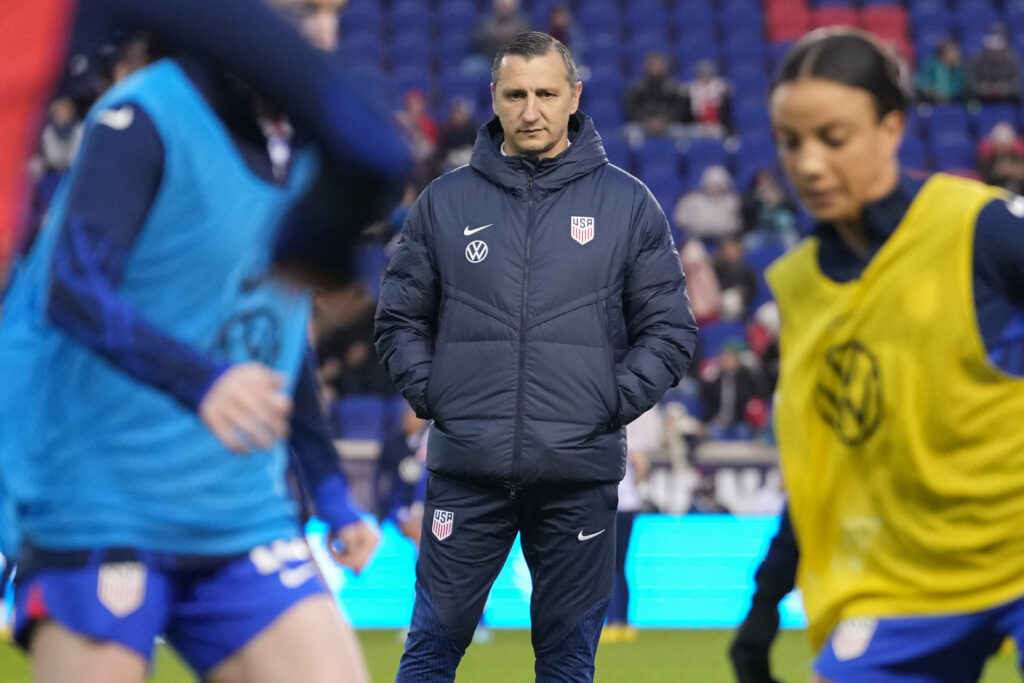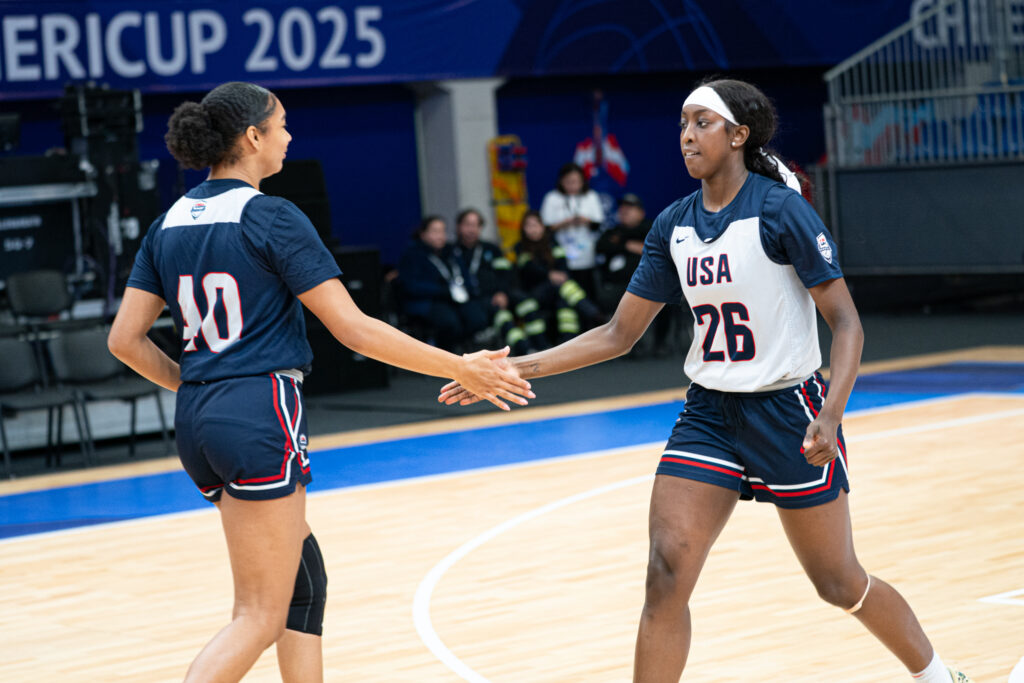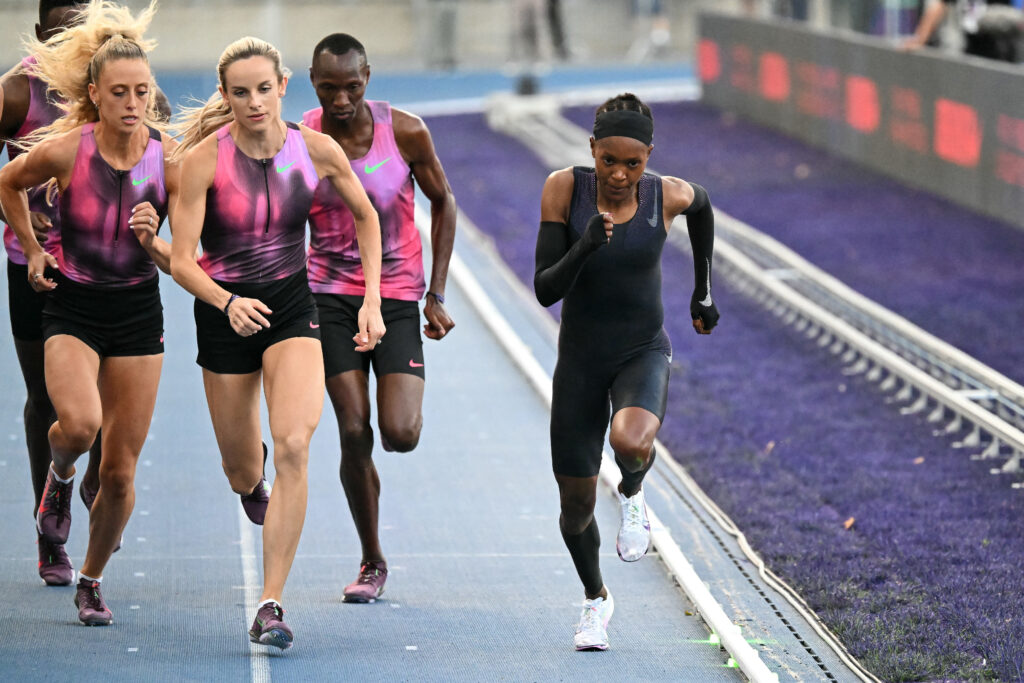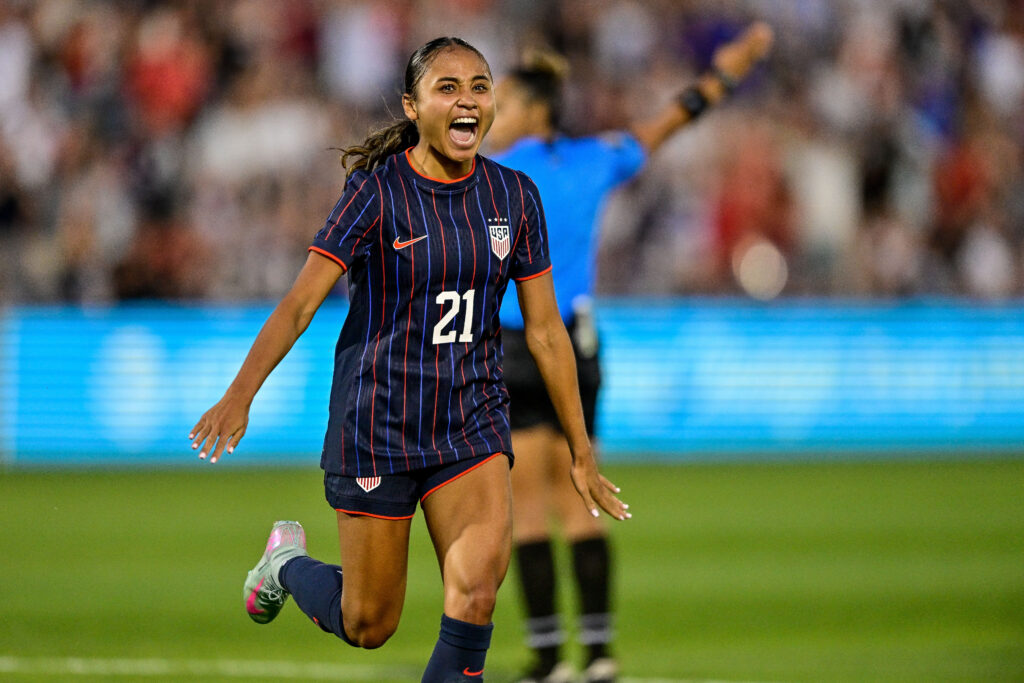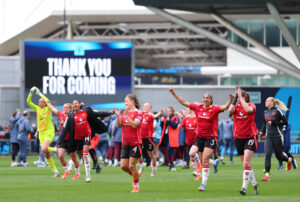The U.S. women’s national team got back on track Sunday, closing out the calendar year with a much-needed win. Their 2-1 result over Germany came from a tale of two halves, with important steps forward countered by troubling steps back in other areas.
The USWNT’s journey in 2022 comes with plenty of issues to unpack, but let’s start by taking a look at one of the three biggest takeaways from a rollercoaster of a victory.
For more takeaways:
Vlatko Andonovski’s sunk cost fallacy
The USWNT’s number one question in 2022 has been a big one: Is the team making progress within head coach Vlatko Andonovski’s system?
Game to game, the answer changes. Sometimes the U.S. has looked capable of the fluid yet methodical play the coach has tried to implement. But all too often it appears to be an ill-fitting glove.
Growing pains are only intensified by absence and injury, pushing players into roles that were not necessarily designed for their particular skill sets.
The effectiveness of Andonovski’s proposed 4-3-3 formation has been a topic of conversation since he began implementing it in 2020. As the team closes out 2022, his undying commitment to the project comes with questions of its own.
When Andonovski took the USWNT job, an understood task was the modernization of the team. He would bring the team in line with global trends and shore up deficiencies that had long been papered over by athleticism, mentality and a little bit of luck.
However, the team at times feels stuck in a holding pattern exposing those vulnerabilities, without making any adjustments to actually improve them.
In the first half against Germany on Sunday, many of the same issues persisted. The U.S. was getting overrun on the wings, with their outside backs caught out as too attacking focused on multiple occasions. They also weren’t getting the help they needed from the midfield, and all players involved struggled to connect when they did have the ball.
None of these concerns are new, and they are not getting better on their own. Both of the USWNT’s goals Sunday came off moments of transition or individual brilliance, not from the culmination of the planned style of play.
Stasis in starters and formation make it look like Andonovski is losing the forest for the trees in his reluctance to pivot away from years of work done in one system.
With Sunday’s win, he might not have to pivot, which will either pay the dividends promised in the new year — or push the USWNT further along the trajectory of a slow-motion cautionary tale.
